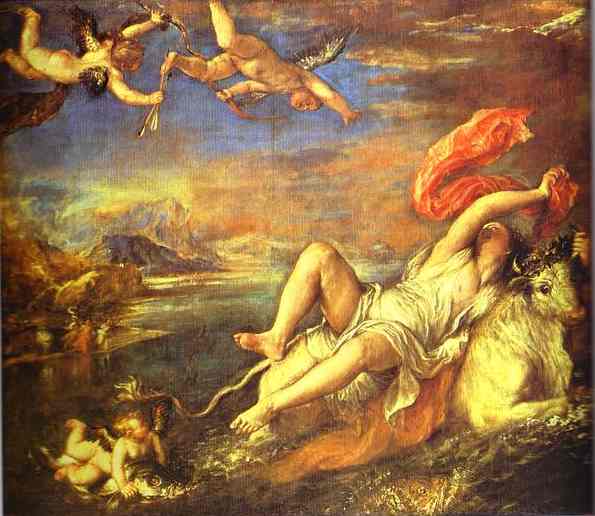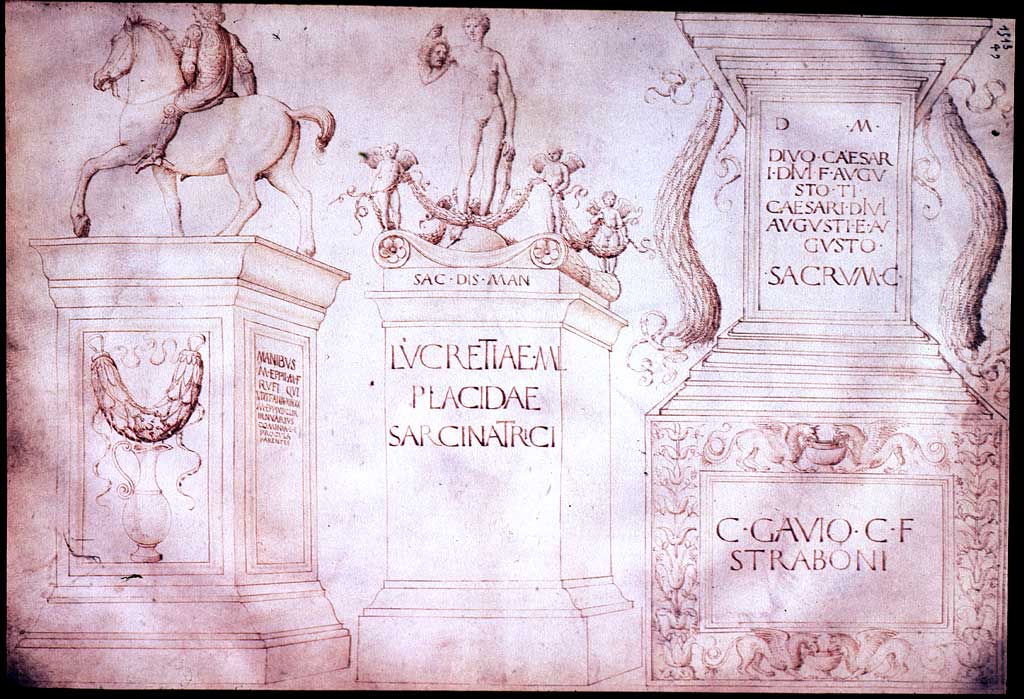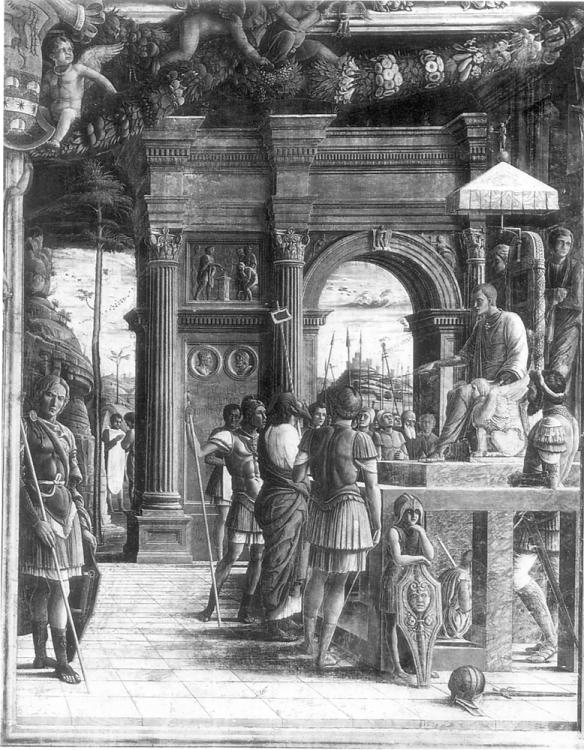Slide 1: Jacopo Bellini, ‘Three Roman Tombstones’ (Paris)
There are few works by Jacopo remaining but there are two notebooks of drawing in the British Museum and the Louvre. This include religious but also classically inspired drawings from mythology and also sketched from monuments.
Slide 2: Mantegna, St James before Herod, Padua, Eremitani
Slide 3: Tullio Lombardo, ?Bacchus and Ariadne, Vienna
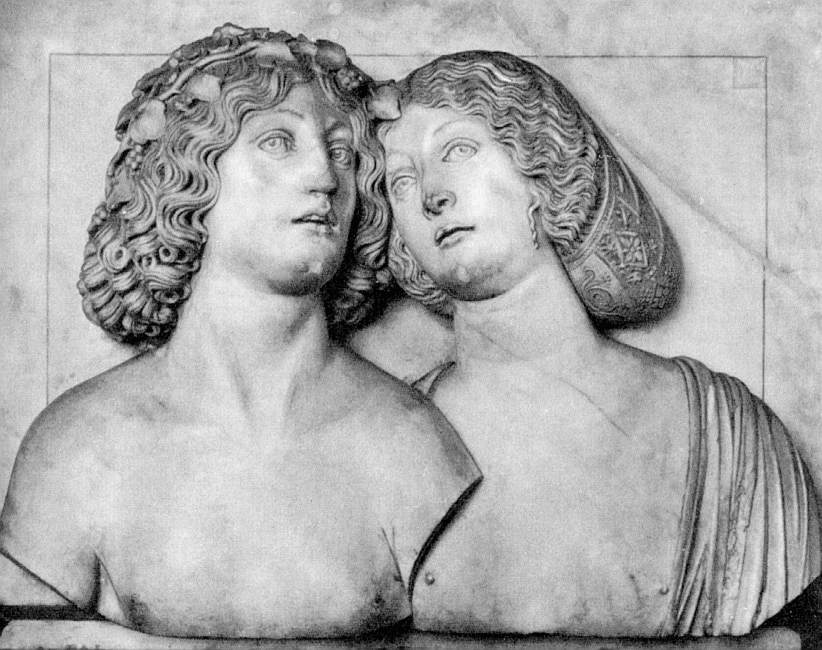
Slide 4: Venice, Doge’s Palace, Scala dei Giganti
Ducal Palace, Scala dei Giganti (1481-1550), P. Lombardi, A. Scarpagnino, & A. Rizzo, architects, Mars and Neptune (1553-56) by Jacopo Sansovino
Slide 5: Jacopo Sansovino, Neptune (Scala dei Giganti)
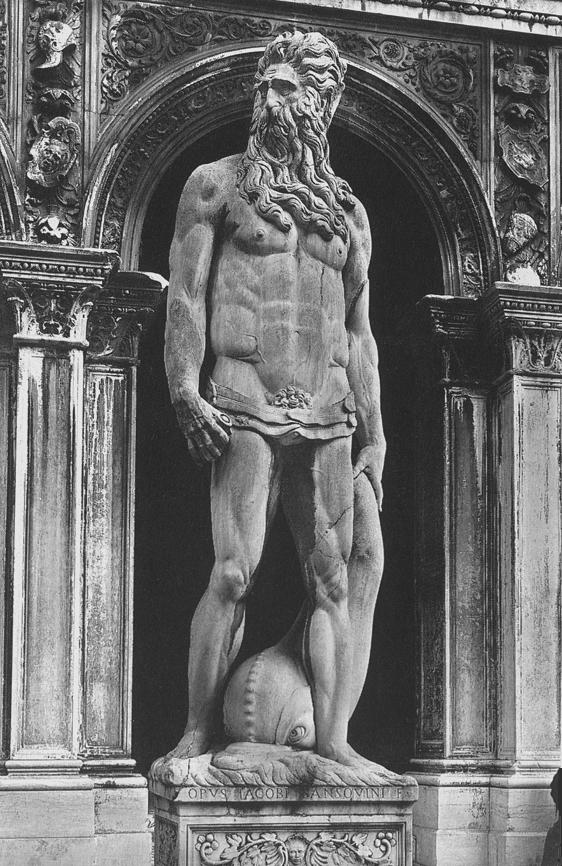
Slide 6: Venice, Piazza, central flagstaff, base detail
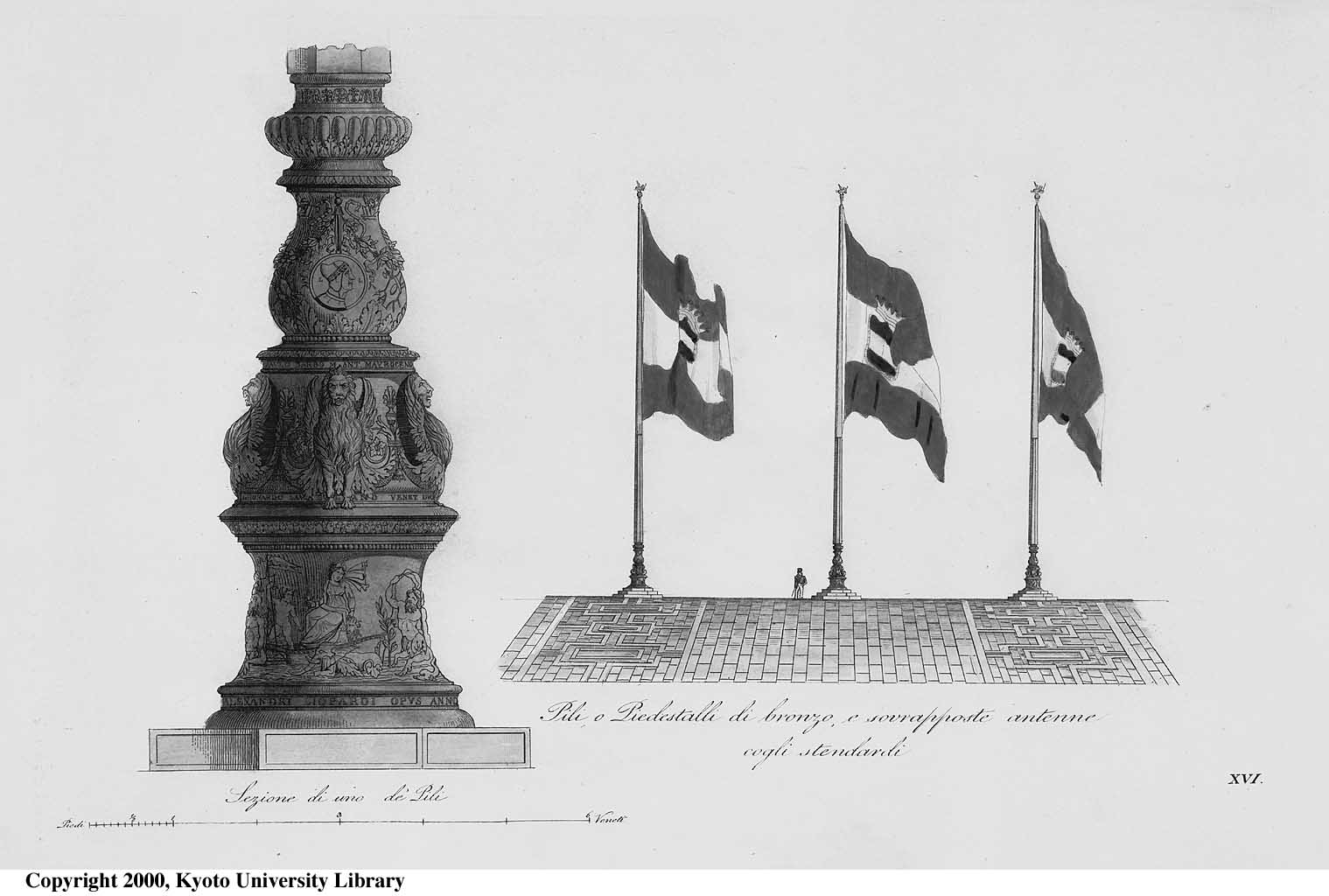
Slide 7: Venice, Arsenal gateway
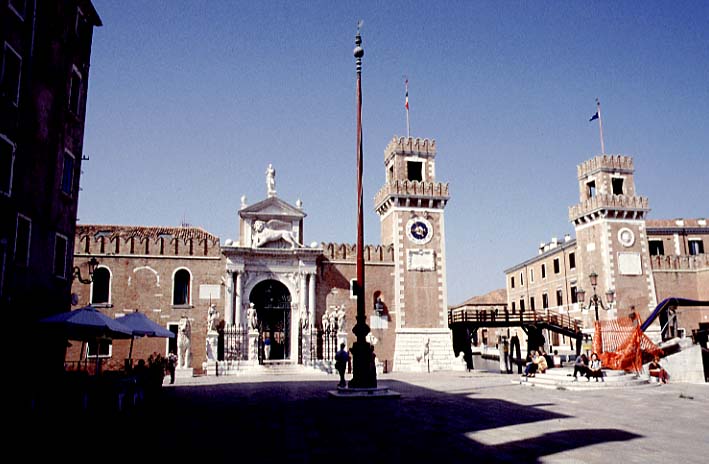
Slide 8: Verrocchio/Leopardi, Colleoni monument+ pedestal
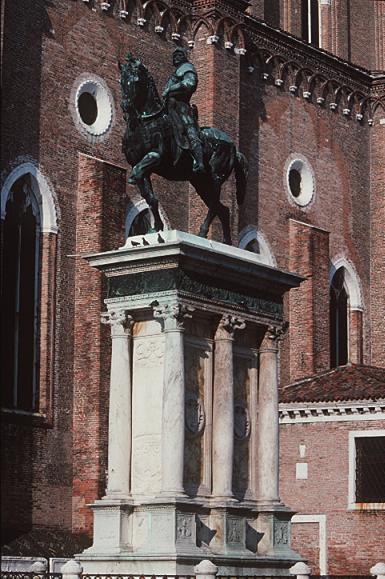
Slide 9: Tullio Lombardo, Andrea Vendramin monument
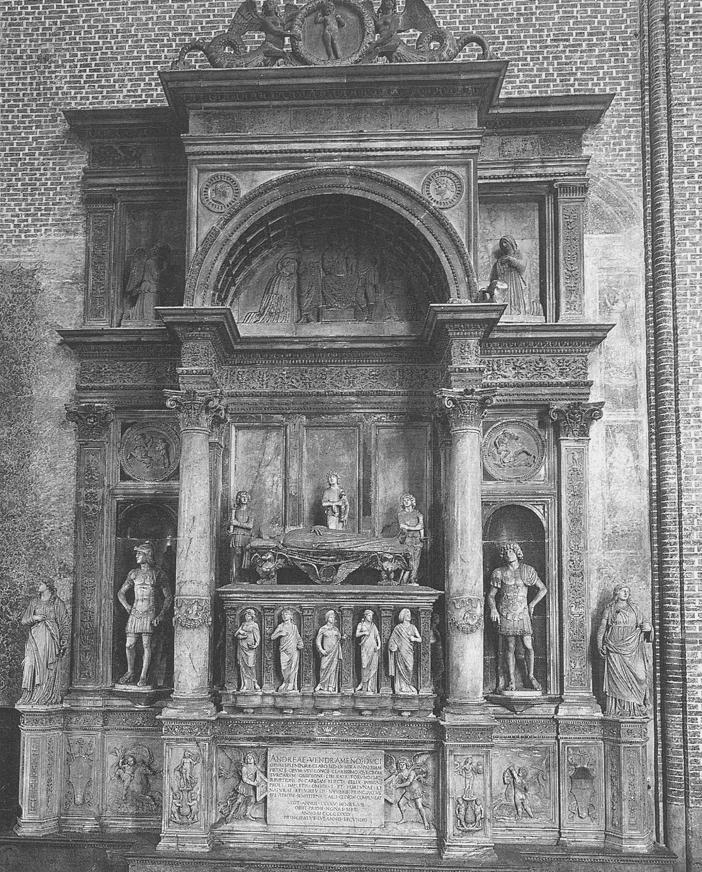
The Venetian funerary triumphal arch format reached maturity with the Monument of Andrea Vendramin, erected in S. M. dei Servi by Pietro Lombardo and his son Tullio but dismantled by Napoleon in 1810 and re-erected in 1816 in SS. Giovanni and Paolo. In 1819 the nude figures Adam and Eve (known only in a copy), originally in the lower niches, were transferred to the Palazzo Vendramin. As compared with the Mocenigo monument by Pietro, antique principle were now purged of Lombard fussiness, and its Classicism was planned rather than improvised. This clarity is attributed to Tullio.
Slide 10: T. Lombardo, Vendramin monument, relief detail(image not found)
Slide 11: T. Lombardo, Vendramin monument, Virtue(image not found)
Slide 12: T. Lombardo, Vendramin monument, Adam
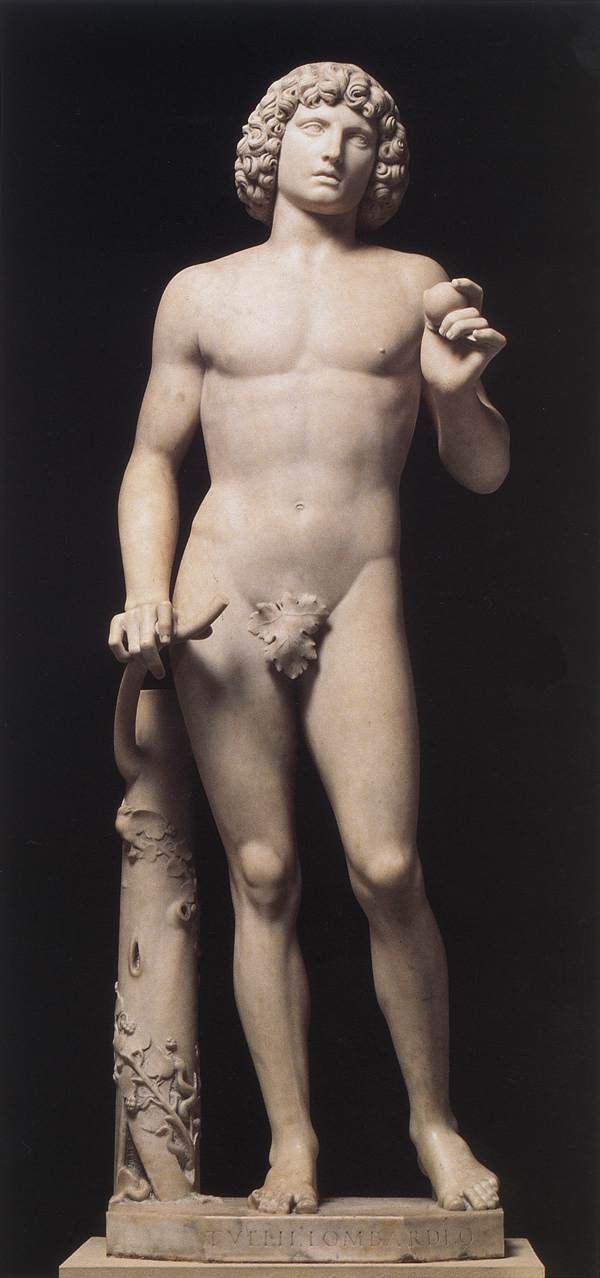
Slide 13: T. Lombardo, Vendramin monument, Soldier(image not found)
Slide 14: T. Lombardo, Miracle of Miser’s Heart (Padua)
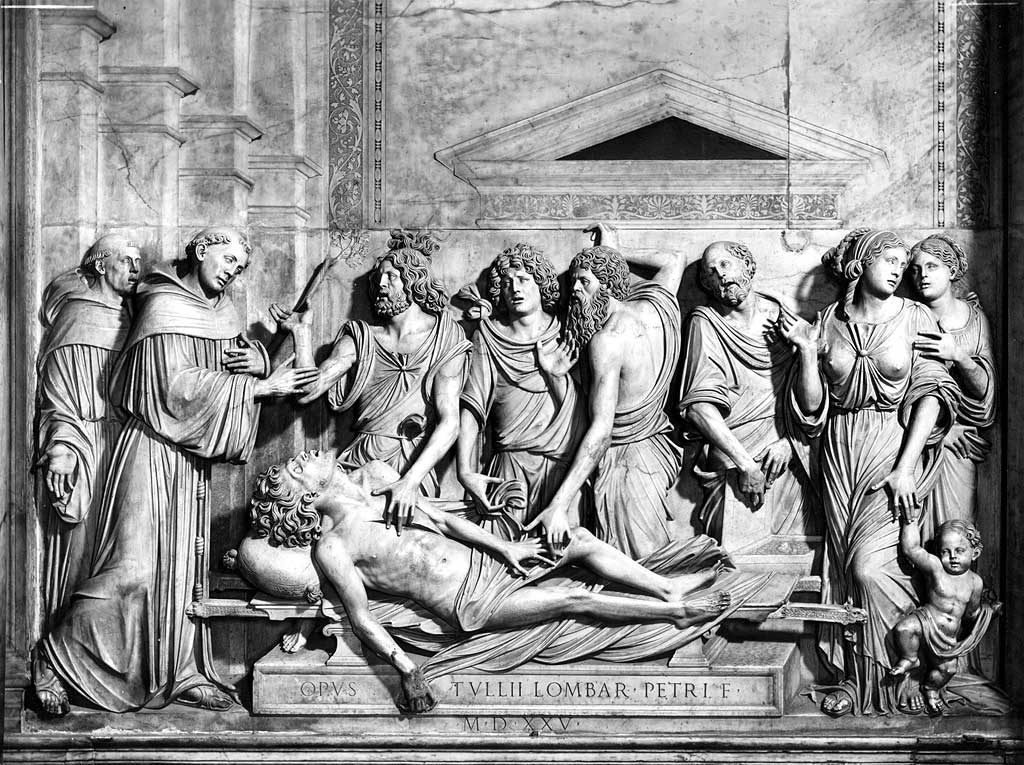
Slide 15: Antonio Lombardo, Miracle of speaking babe (Padua)
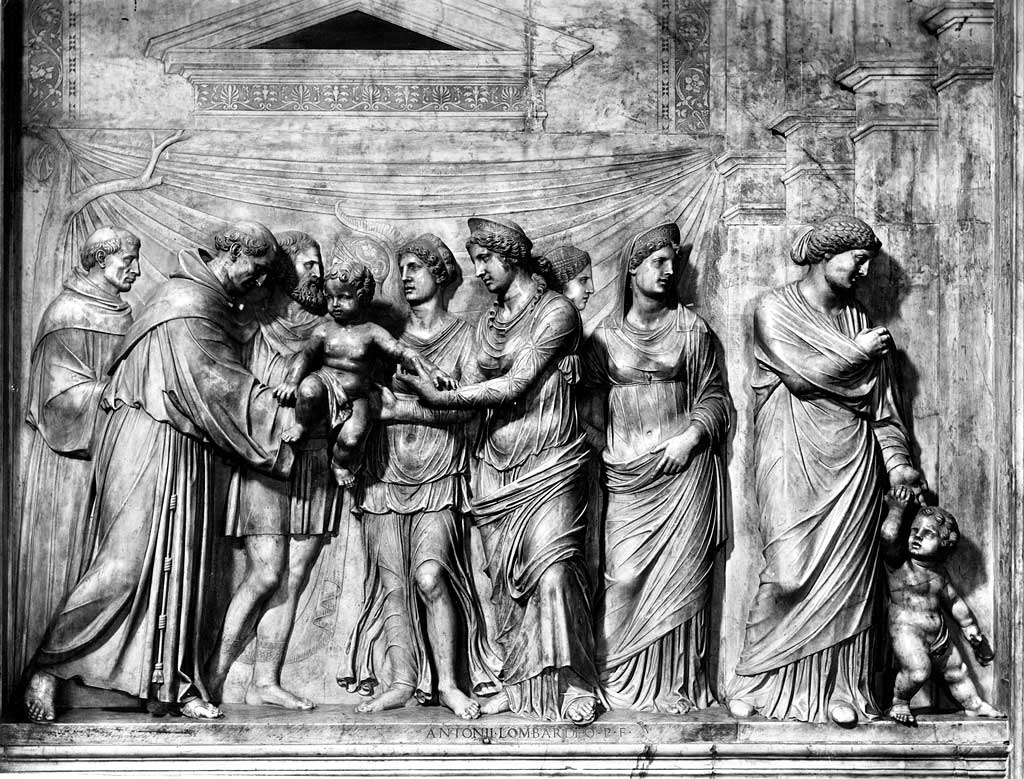
Slide 16: Sebastiano del Piombo, Judgement of Solomon (NT)(image not found)
Slide 17: Donatello, Santo altarpiece, reconstruction
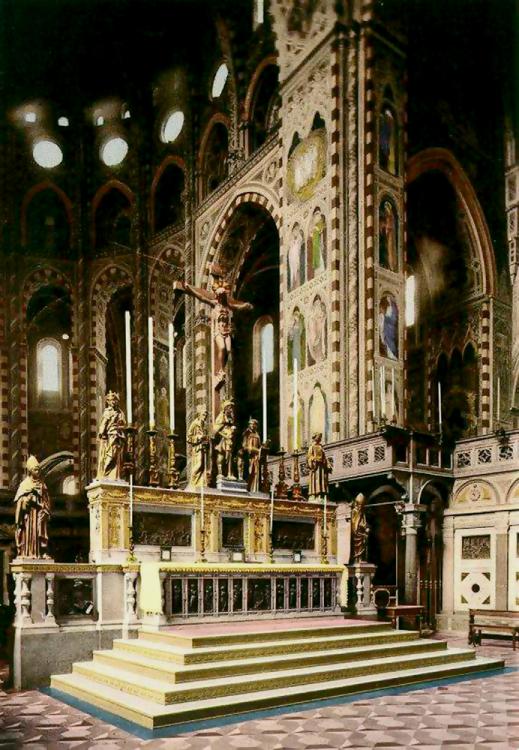
Slide 18: Mantegna, S. Zeno altarpiece (Verona, S. Zeno)

Slide 19: Giovanni Bellini, S. Giobbe a/p (Venice, Accad.)
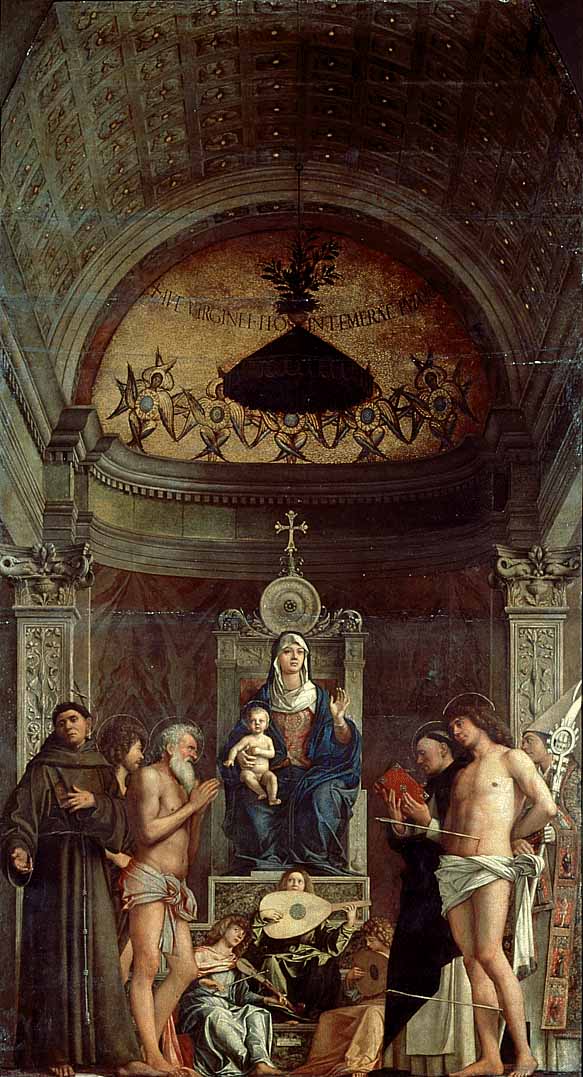
Slide 20: Titian, St Mark a/p (Venice, Salute)
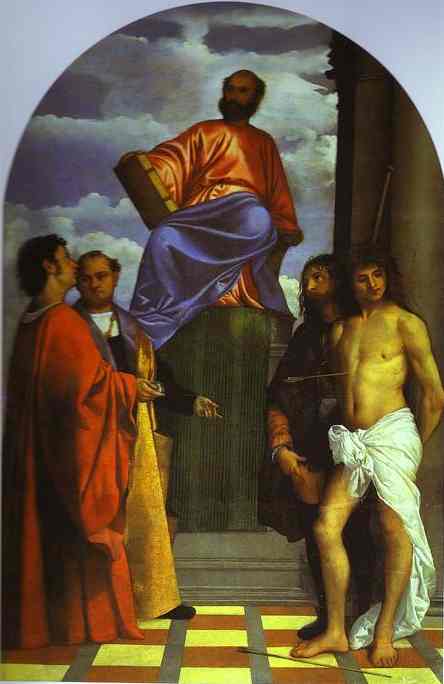
Santa Maria della Salure, Venice
Slide 21: T. Lombardo, Coronation of Virgin alp (S. G.C.)
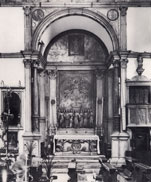
Slide 22: Titian, Assunta (Venice, I Frari)
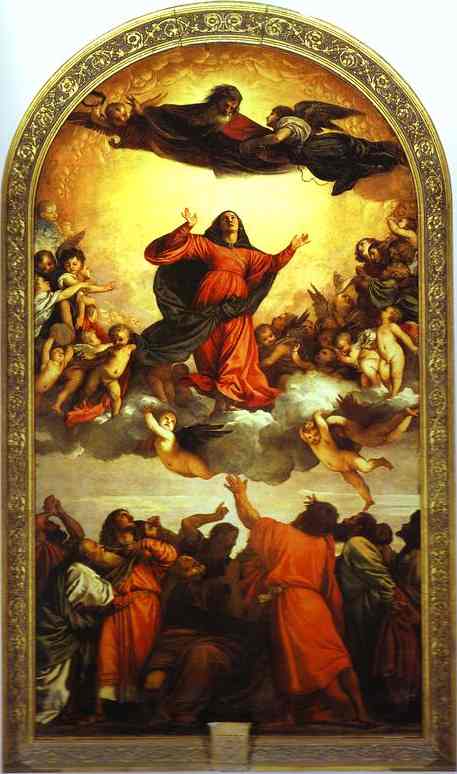
Santa Maria Gloriosa dei Frari, Venice
Slide 23: Titian, Brescia a/p, det. St. Sebastian
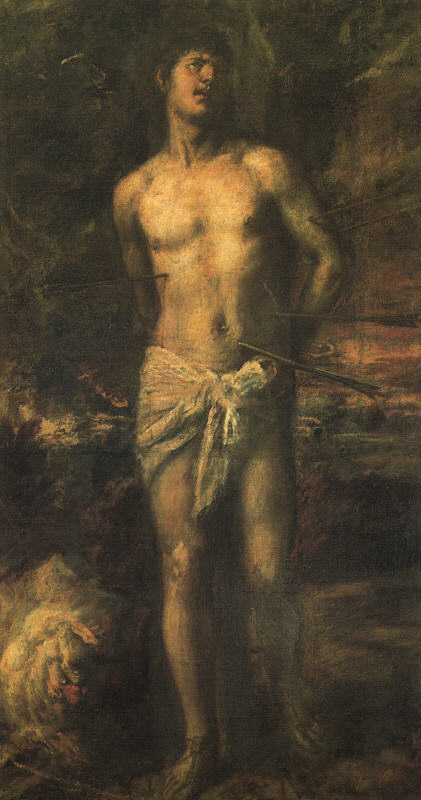
Saint Sebastian 1570 Oil on canvas, 210 x 115 cm The Hermitage, St. Petersburg
Slide 24: Titian, Brescia a/p (Brescia, SS Nazaro e Celso)
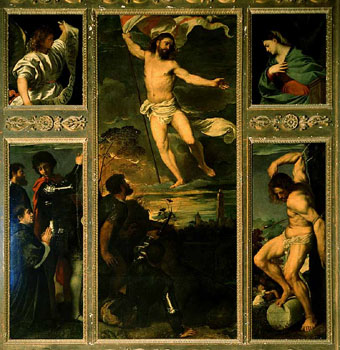
Slide 25: Michelangelo, Rebellious slave (Paris)
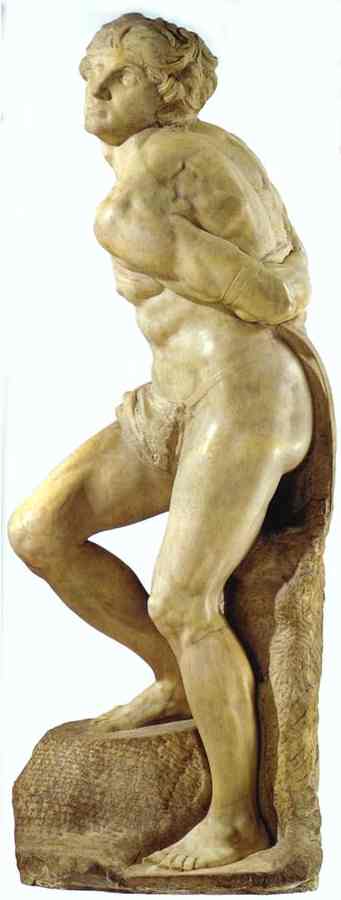
Slide 26: Titian, Miracle of Jealous Husband (Padua)
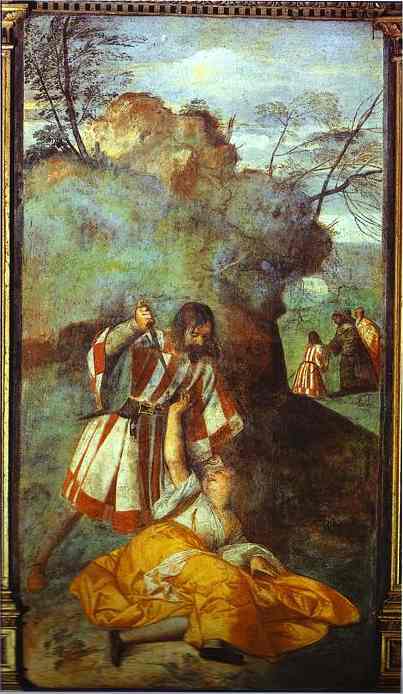
Slide 27: Michelangelo, Fall and Expulsion (Sistine ceiling)
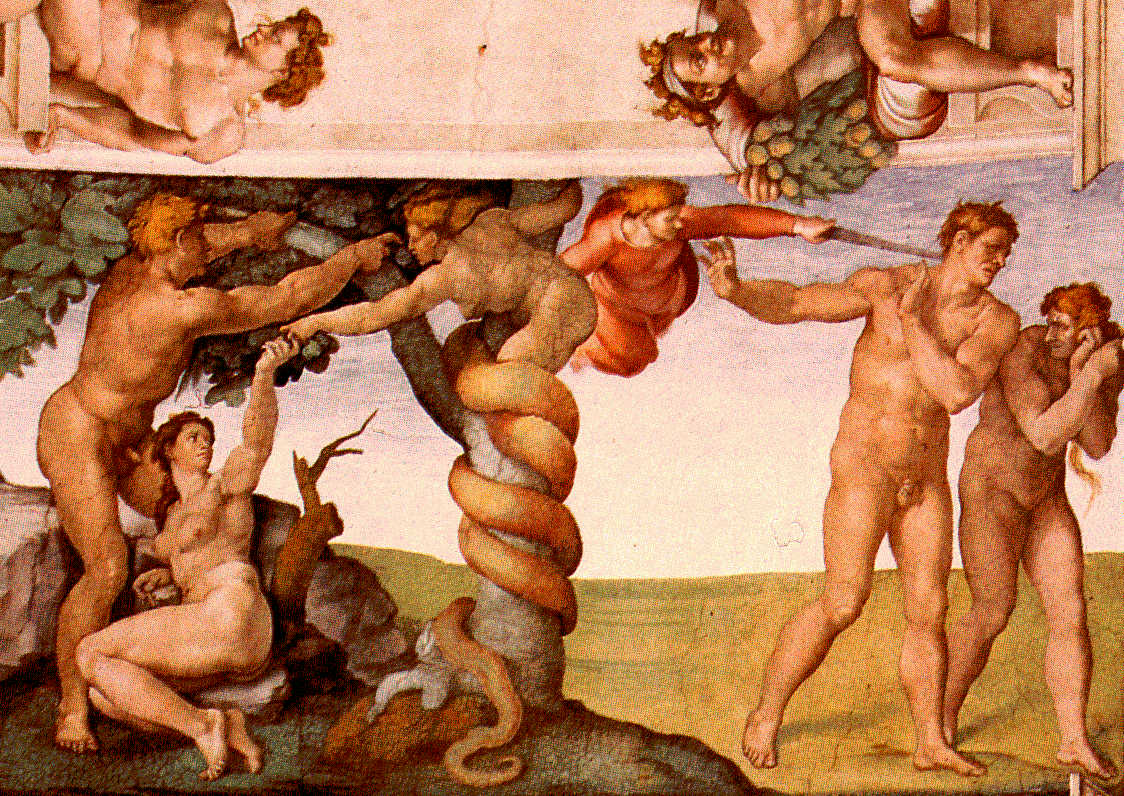
Slide 28: Titian, Miracle of Speaking Babe (Padua)
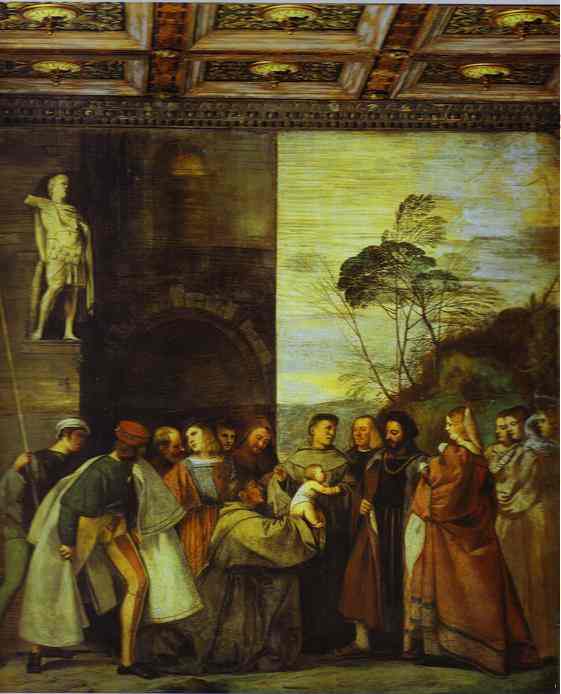
Slide 29: Titian, Martyrdom of St Peter Martyr (lost)
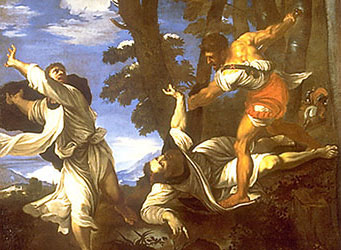
(detail) Marytrdom of Saint Peter Martyr Carlo Loth (after a lost original by Titian, 1526 – 1530); 17th century (cleaning and restoration, 1997, Boston Chapter, Save Venice Inc.) In 1691, Prince Ferdinand of Tuscany commissioned Carlo Loth to paint a copy, Titian’s Martyrdom of Saint Peter Martyr for his private collection. In 1867, a fire destroyed Titian’s work, the most frequently copied altarpiece in the master’s oeuvre. This painting, as well as Giovanni Bellini’s Virgin and Saints, had been stored temporarily in the Cappella del Rosario. Both were consumed in the conflagration. Loth’s copy now fills the place of the original in its marble frame located above a side altar on the left side of the nave.
Slide 30: Giorgione, Tempesta (Venice, Accademia)
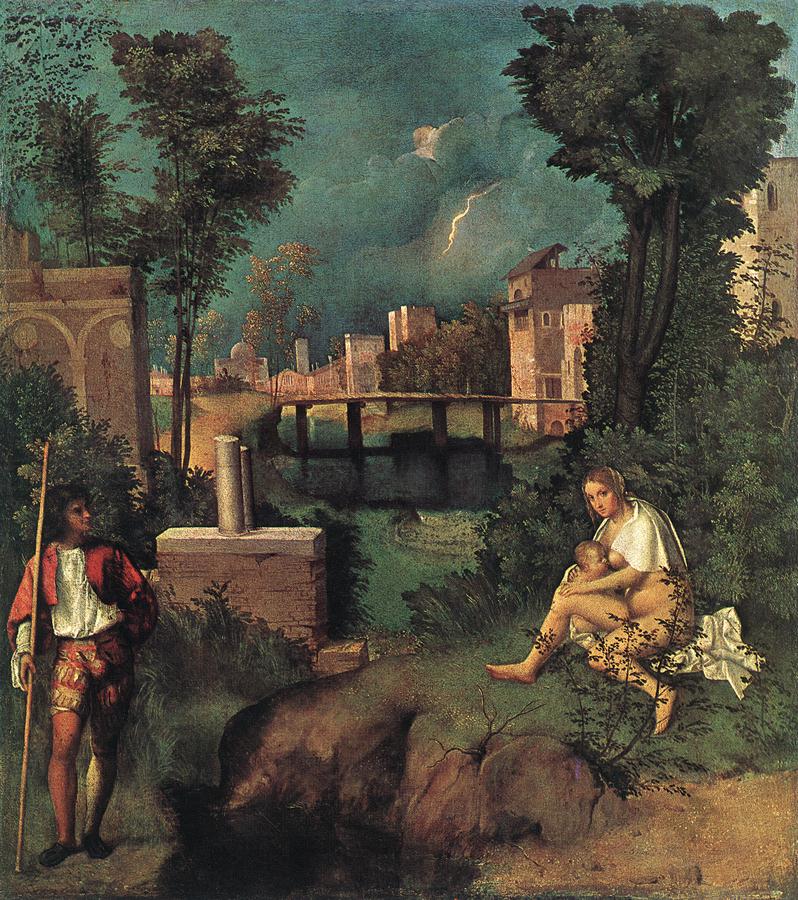
Tempest c. 1505 Oil on canvas, 82 x 73 cm Gallerie dell’Accademia, Venice
Slide 31: Giorgione?/Titian?, F'te Champ'tre (Paris)
Giorgione (b. 1477, Castelfranco, d. 1510, Venezia), Pastoral Concert (Fête champêtre), 1508-09, oil on canvas, 110 x 138 cm, Musée du Louvre, Paris
This work is one of the mysteries of European painting: in spite of its undeniable quality and epochal importance, opinions are divergent concerning both its creator and its theme. It is the outstanding masterpiece of the Venetian Renaissance, the summit of Giorgione ‘s creative career, so much so that according to some it may have been painted, or at least finished, by Titian rather than Giorgione.
The painting has been interpreted as an allegory of Nature, similar to Giorgione’s Storm, which was undeniably painted by him; it was even viewed as the first example of the modern herdsman genre. Its message must be more complex than this. It is likely that the master consciously unified several themes in this painting, and the deciphering of symbols required a degree of erudition even at the time of its creation. During the eighteenth century the painting was known by the simple name of Pastorale and only subsequently was it given the title Fête champêtre or Concert champêtre, owing to its festive mood. Modern research has pointed out that the composition is in fact an allegory of poetry.
The female figures in the foreground are the Muses of poetry, their nakedness reveals their divine being. The standing figure pouring water from a glass jar represents the superior tragic poetry, while the seated one holding a flute is the Muse of the less prestigious comedy or pastoral poetry. The well – dressed youth who is playing a lute is the poet of exalted lyricism, while the bareheaded one is an ordinary lyricist….
Slide 32: Giorgione, Sleeping Venus (Dresden)
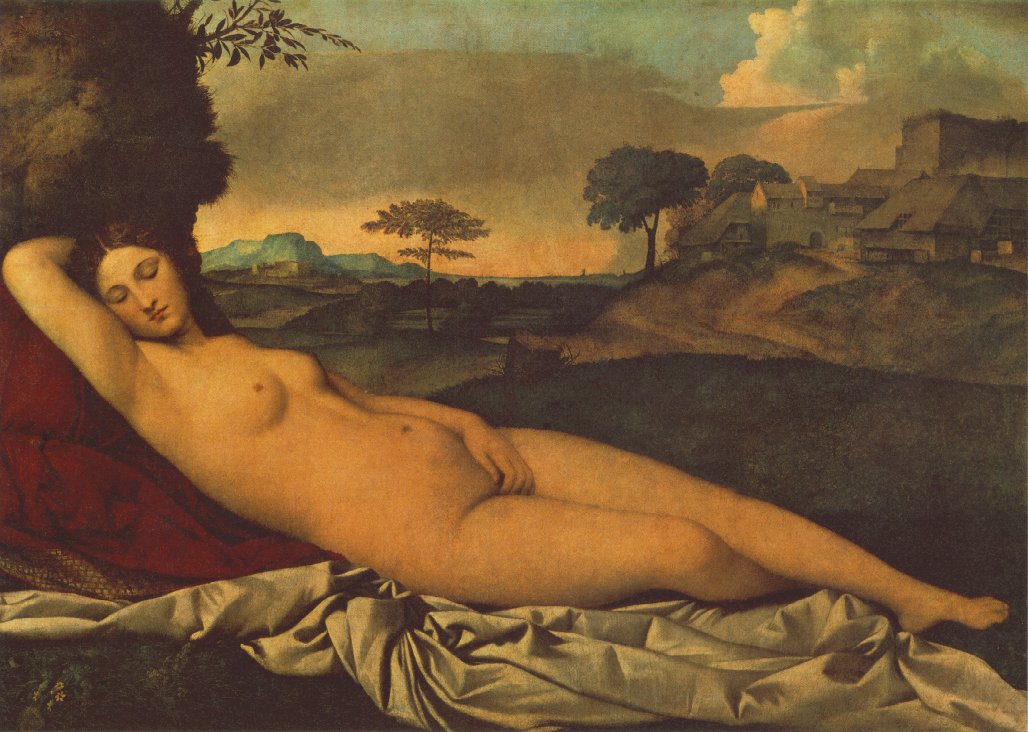
Slide 33: Titian, ‘Venus of Urbino’ (Florence, Uffizi)
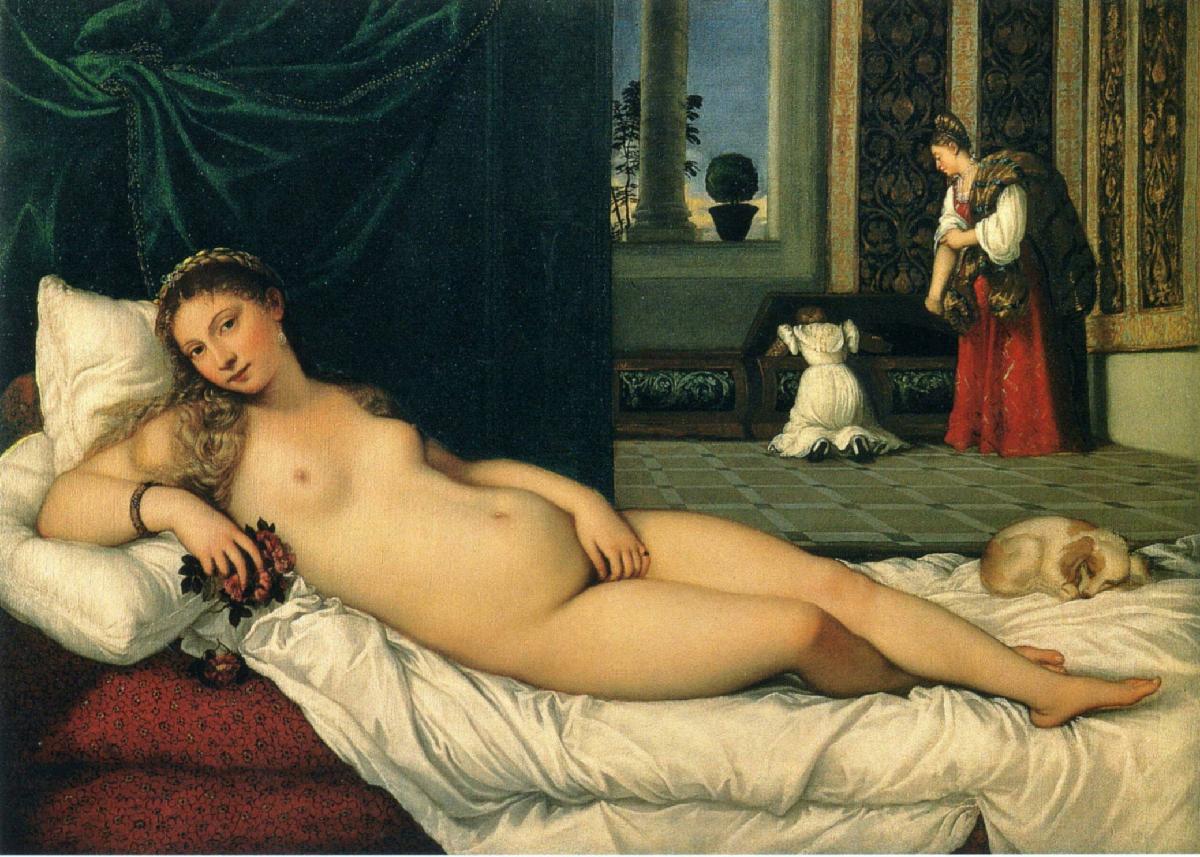
Slide 34: Giov. Bellini/Tiiian, Feast of the Gods (Wash. DC)
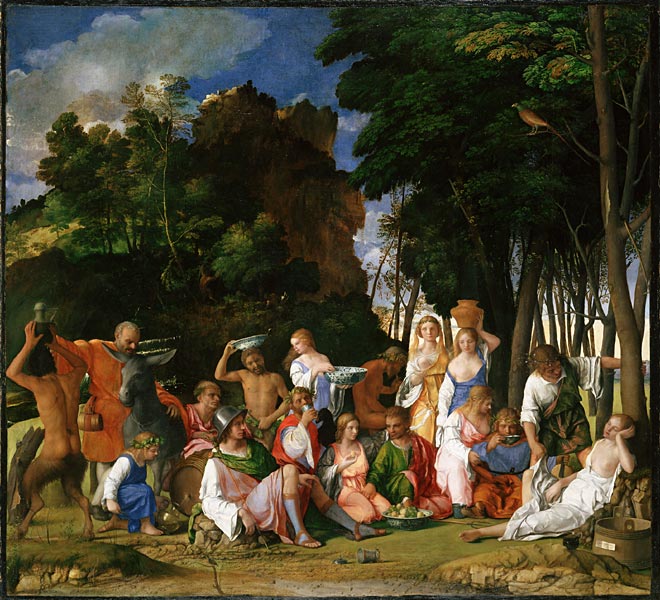
Slide 35: Antonio Lombardo, Forge of Vulcan (St Petersburg)
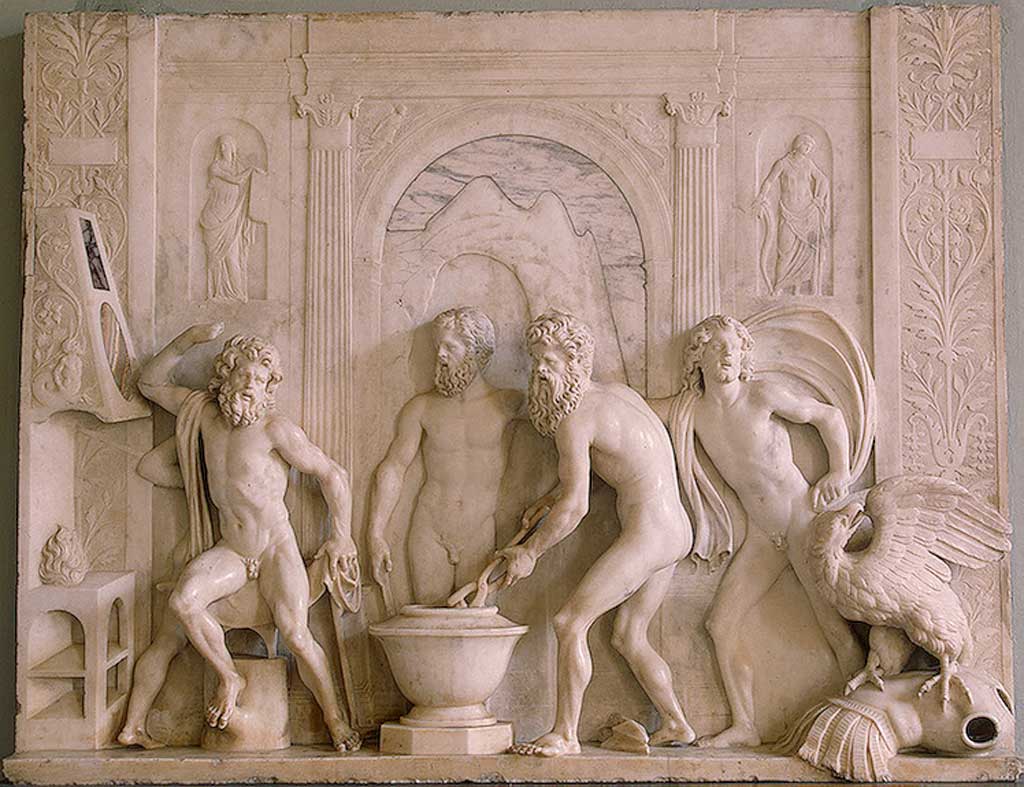
Antonio Lombardo, The Forge of Vulcan, (marble, 83 x 107 cm), The Hermitage, St. Petersburg
Slide 36: Titian, Bacchus and Ariadne (London, NG)
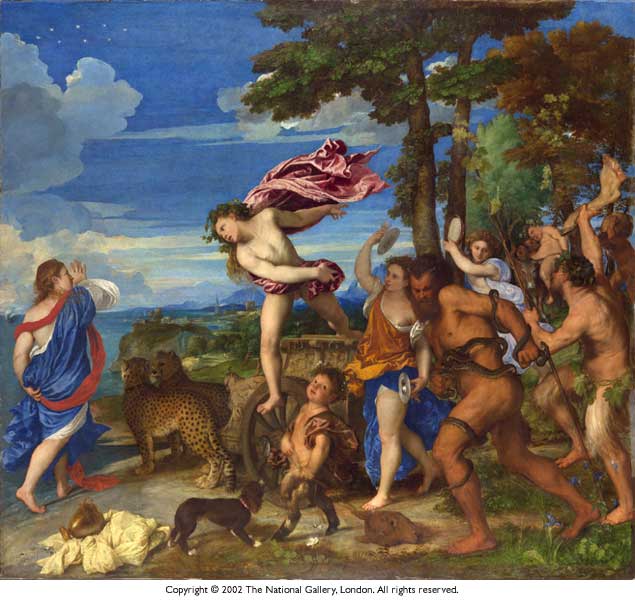
Slide 37: Titian, Bacchanal of the Andrians (Madrid, Prado)
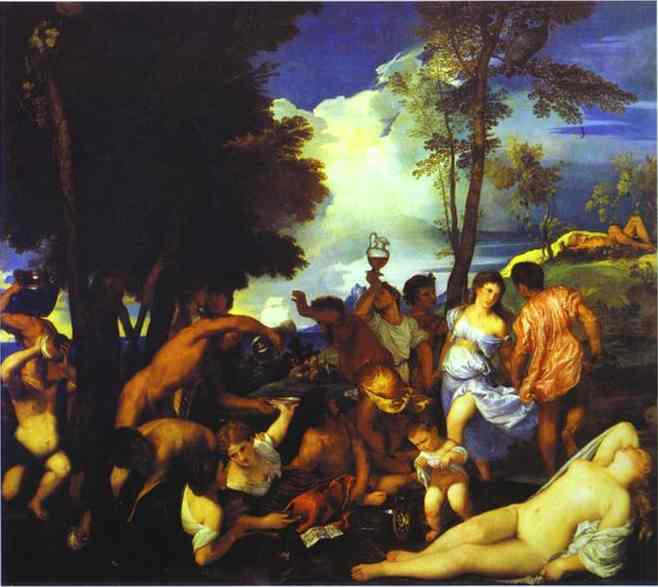
Slide 38: Venice, Library of St Mark’s
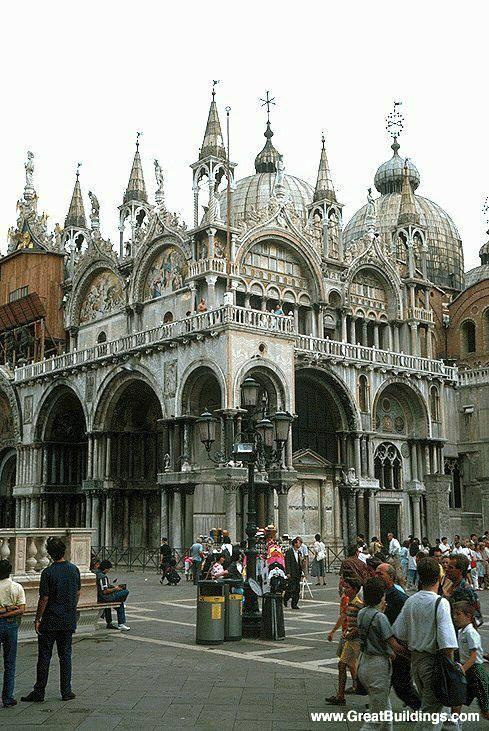
Slide 39: Venice, Loggetta
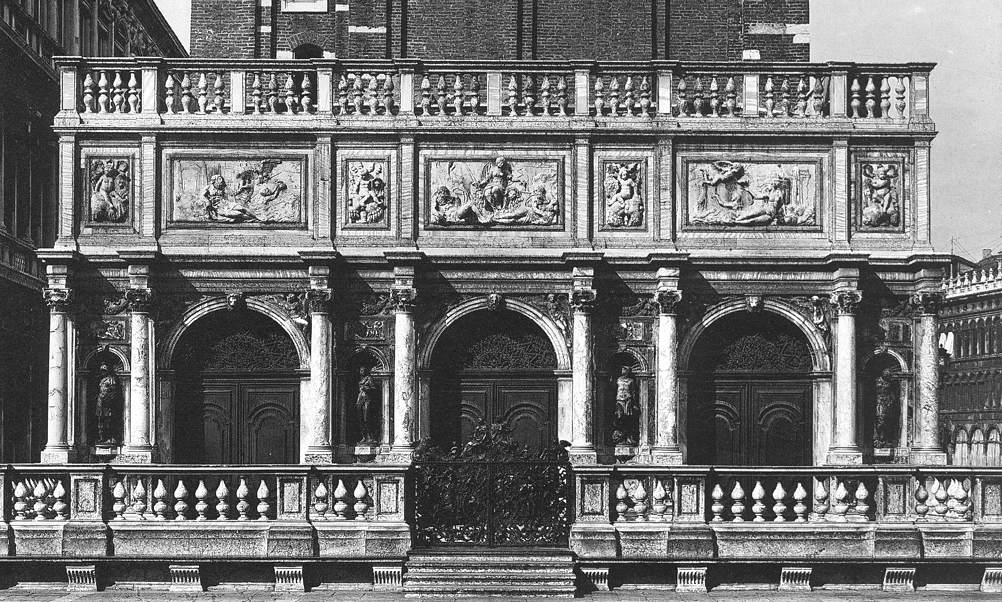
Slide 40: Jacopo Sansovino, Apollo (Loggetta)
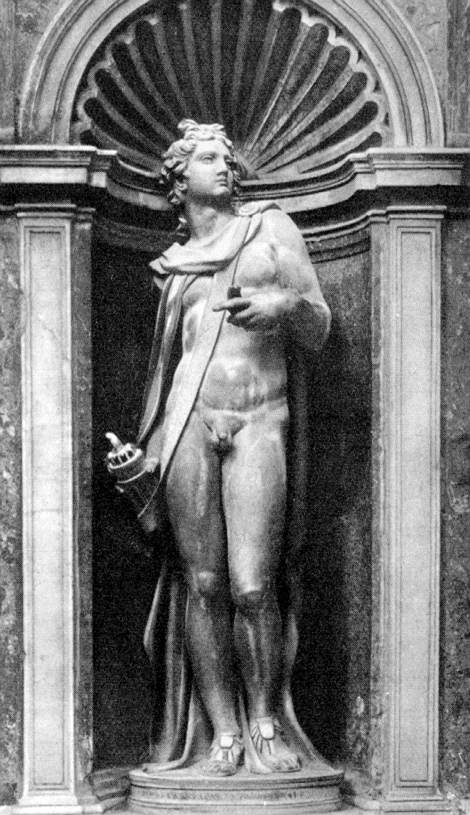
Apollo from the Loggetta of the Campanile c. 1537-45 Bronze, height: 147 cm Piazza San Marco, Venice Jacopo Sansovino left Rome after the Sack to pass most of the rest of his life in Venice. He brought with him Roman High Renaissance Classicism to which he remained faithful right up to his death. The figures on the Loggetta – among them Apollo – reflects this style.
Slide 41: Jacopo Sansovino, Peace (Loggetta)
Slide 42: Michelangelo, Risen Christ (Rome, S. M. sopra M.)
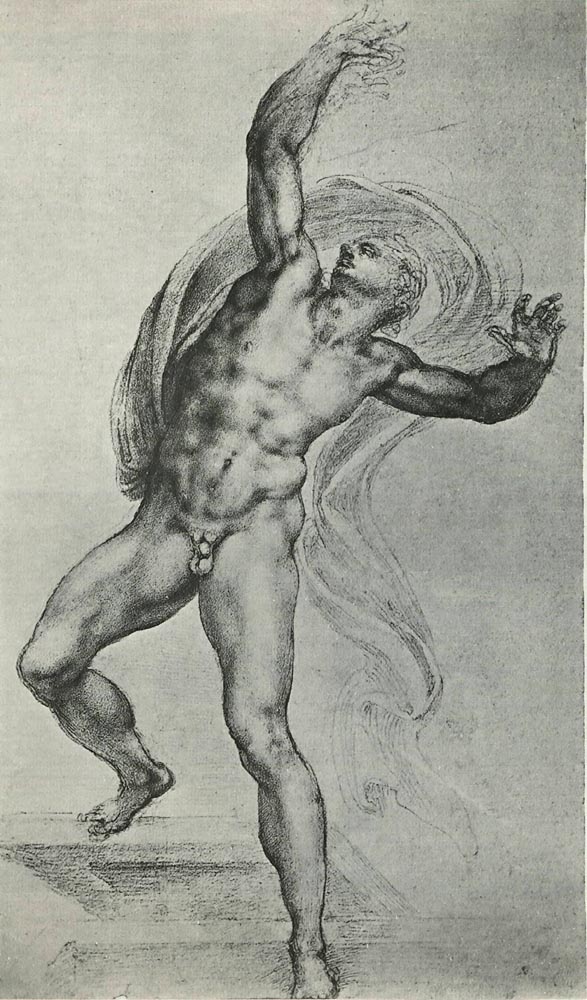
Black chalk 14.45 x 8.66 inches / 36.7 x 22 cm Royal Collection, Windsor Castle, London, UK Added 2/5/2002
Slide 43: Titian, Danae (Naples, Capodimonte)
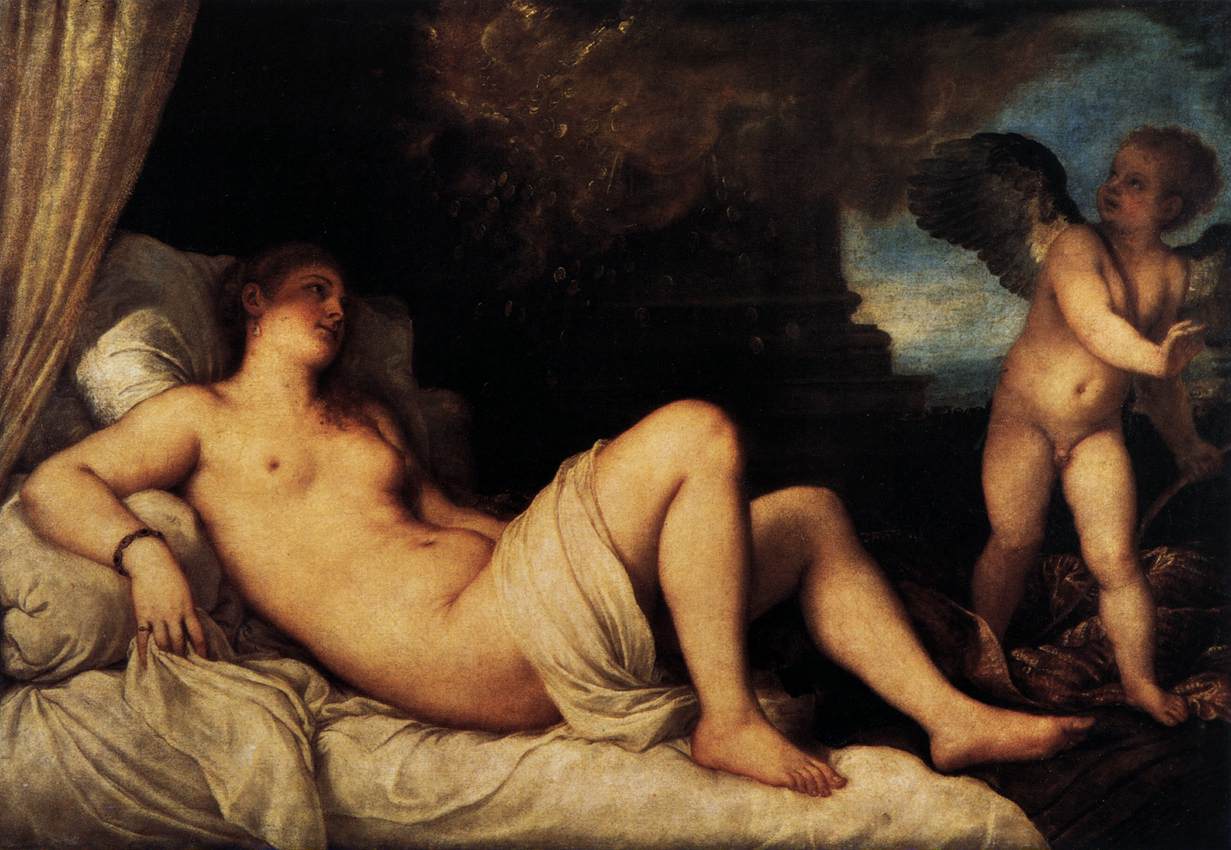
Slide 44: Michelangelo, Night (Florence, Cappella medici)
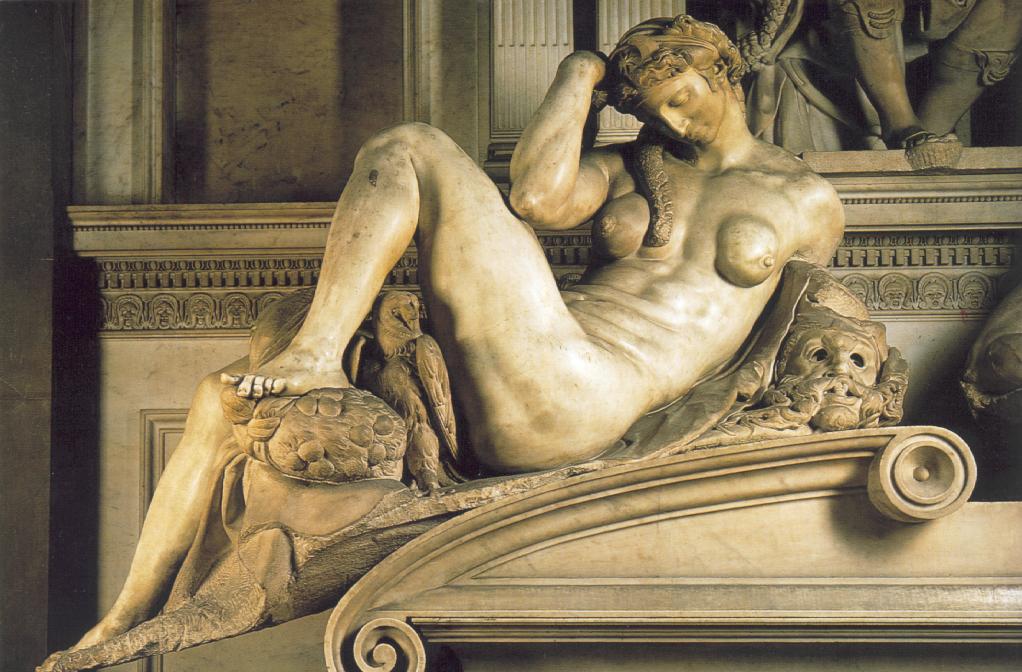
Slide 45: Titian, Venus and Adonis (New York, Met Mus)
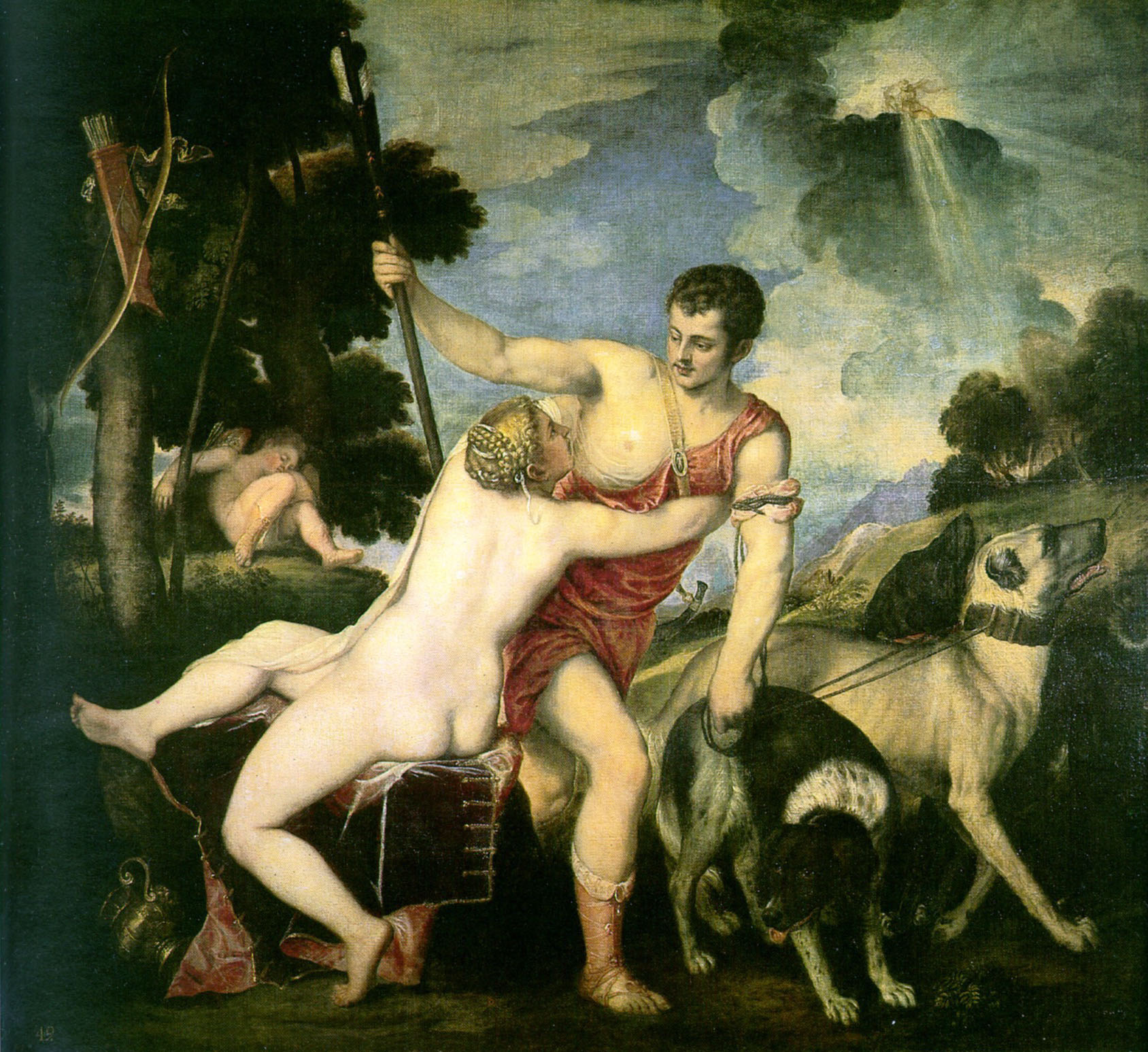
Slide 46: Veronese, Venus and Adonis (Madrid, Prado)
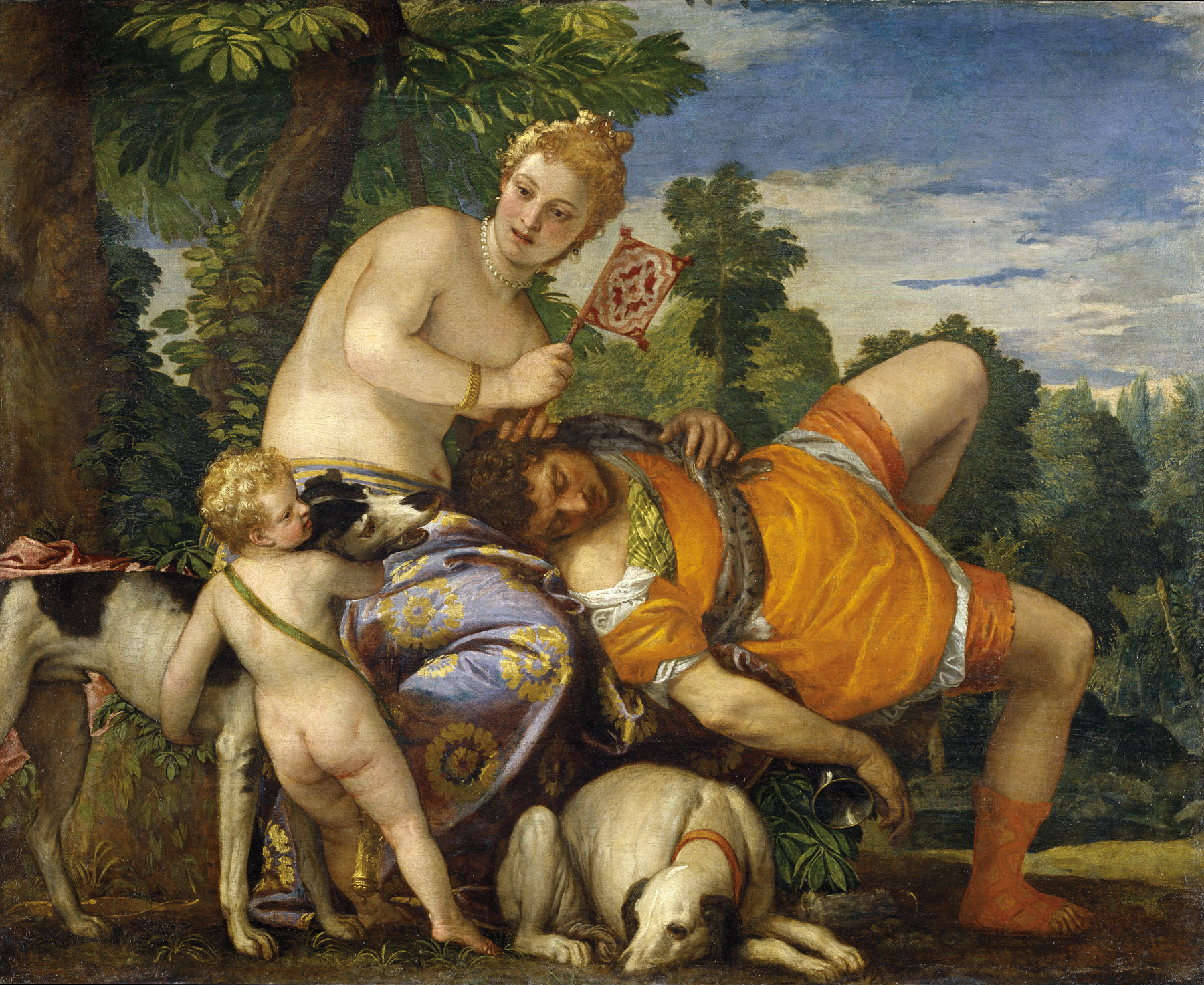
Slide 47: Titian, Perseus and Andromeda (Wallace Coll)
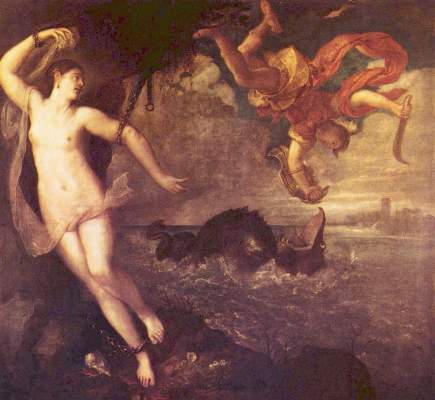
Slide 48: Titian, Rape of Europa (Boston, ISG Museum)
